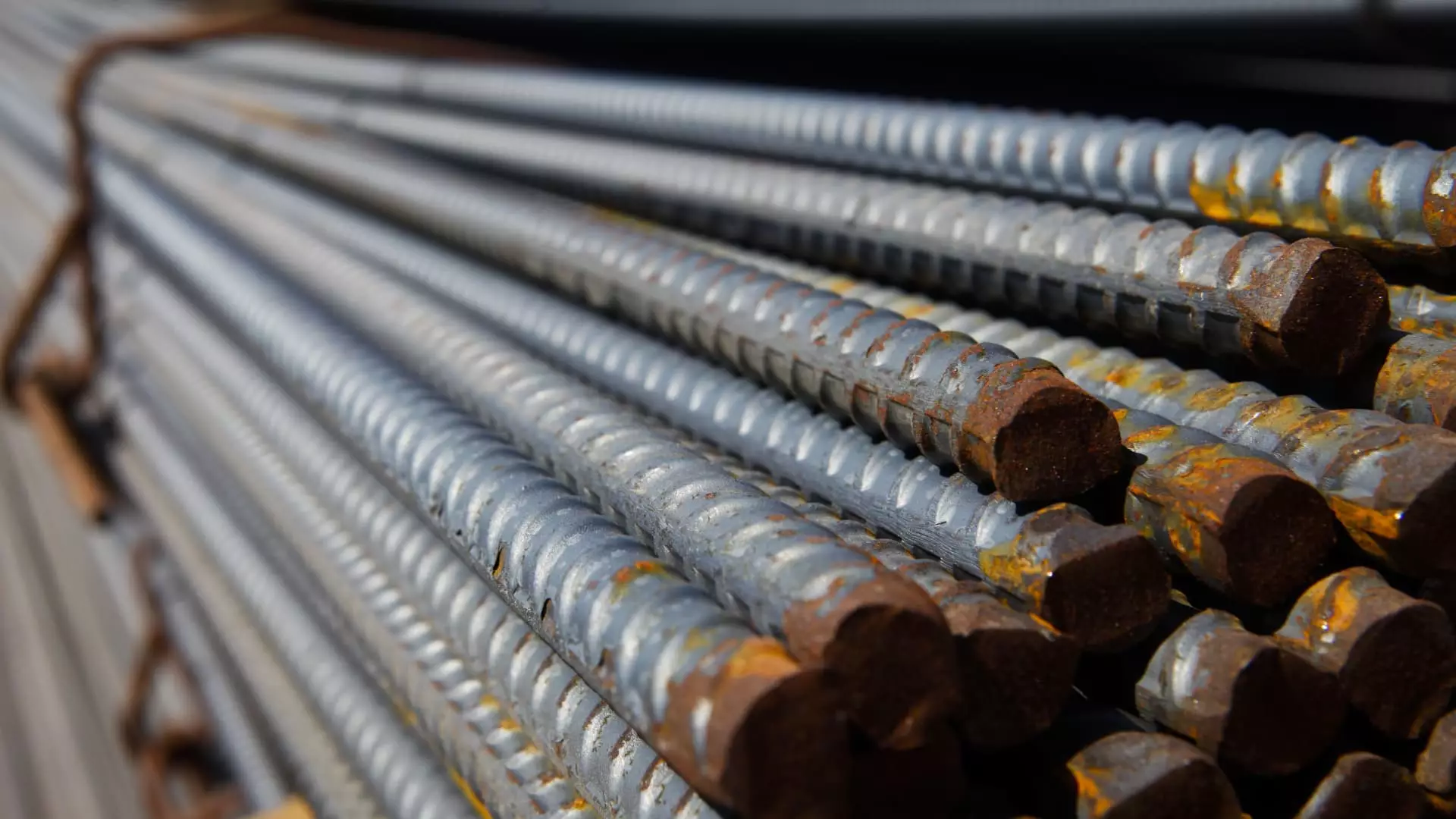In recent months, the landscape for U.S. steelmakers has been significantly influenced by President Donald Trump’s decision to impose new tariffs on imported steel. A 25% tariff on imports from Mexico and Canada, along with a 10% levy on steel from China, was intended to bolster homegrown production and reshape the competitive framework within the industry. Initially, this surge in tariffs seemed promising for domestic steel companies, offering a potential avenue to regain some market control after years of struggling against an influx of inexpensive foreign steel. However, as stock prices indicate, the initial euphoria may mask a collection of underlying risks that demand careful scrutiny.
When these tariffs were announced, they briefly thrilled Wall Street, turning the tide on an otherwise shaky market that had seen significant declines. Notably, steel stocks such as Nucor and U.S. Steel experienced fluctuations, reflecting the uncertainty that pervades the steel sector. While Nucor enjoyed a marginal increase, other companies like Steel Dynamics saw declines, underscoring the volatile nature of market reactions to trade policies.
The tariffs primarily serve as a tactical response to the problem of illegal dumping, a practice where foreign producers sell products in the U.S. market at prices lower than in their domestic markets, often below their production costs. Leon Topalian, the CEO of Nucor, articulated the frustrations faced by domestic producers in an interview, pointing to issues like currency manipulation and government subsidies that skew the market balance. He emphasized how these long-standing disparities had hampered U.S. producers for decades.
Canada stands as the leading steel exporter to the U.S., while Mexico holds the third position, illustrating the importance of these markets to American steel companies. Initially targeted by the Trump administration for tariffs, both countries later negotiated trade concessions that permitted some exemptions. These dynamics illustrate the complex interplay between domestic policy and international trade that influences not only market prices but also the strategic directions of steel firms.
Analysts have been quick to adjust their forecasts in light of the new tariffs. Notably, Morgan Stanley pointed to an anticipated recovery in steel prices, attributing this optimism to ongoing protectionist measures. The firm’s projection of modest growth—about 1.6%—in steel demand highlights the tempered nature of this anticipated recovery. Market experts suggested that enforcement of the tariffs would initially support pricing, but it may not insulate companies from broader economic challenges.
Further complicating the picture is the recent downgrade of U.S. Steel’s stock by Morgan Stanley, indicating skepticism about the firm’s potential for growth in a market that seems increasingly unpredictable. Amidst these setbacks, the thwarted acquisition of U.S. Steel by Japan’s Nippon Steel under the Biden administration has shifted focus to a new partnership model. Nucor’s collaboration with Cleveland-Cliffs in a potential bid for U.S. Steel demonstrates the evolving strategic frameworks companies are deploying to navigate these turbulent times.
The future of the U.S. steel market is not solely dictated by tariffs and pricing; it is intricately linked to the automobile sector, which accounts for approximately 25% of the country’s steel demand. Analysts like Lawson Winder of Bank of America Securities warn that potential declines in auto production could pose significant risks to steel stocks in the long run. This dependency on automotive manufacturing, alongside the challenges of fluctuating consumer demand and evolving production capacities, creates an intricate matrix of risks for steel producers.
As the trade environment tightens, it is clear that while immediate relief may come from tariffs, structural issues within the market—such as stagnating demand and the challenges posed by technological advancements—may complicate the anticipated benefits for U.S. steelmakers. The promise of higher import costs does not guarantee a thriving steel industry; rather, it serves as a reminder of the multifaceted challenges firms must navigate in both domestic and international arenas. As the U.S. steel industry enters this uncertain chapter, stakeholders must remain vigilant, prioritizing adaptability and innovation to secure long-term stability amidst the shifting sands of trade policy and market demand.

